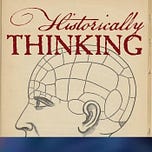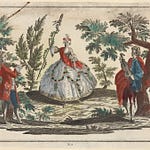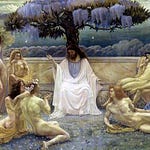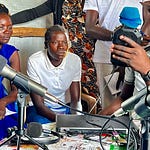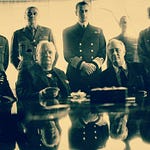Originally published on July 13, 2016 (Episode 65)
Introduction
On February 23, 1917, female textile workers and housewives protested a bread shortage in Petrograd. It was the beginning of twelve days of protests, riots, and political dealing that concluded with the abdication of Tsar Nicholas II.
This was the February Revolution, the beginning of the Russian Revolution, one of the most important historical events of the twentieth century. By the end of 1917, a Communist state had been established atop one-sixth of the world’s landmass. Revolution after revolution followed, most momentously in China. Fascism arose in part as a reaction. For seventy-five years after 1945, the Revolution shaped international politics.
My guest Richard L. Hernandez explains the complex events of that first revolutionary year, tracing how bread protests toppled an empire and set the stage for a century of upheaval.
About the Guest
Richard L. Hernandez is Professor of History at East Carolina University. His research focuses on the social, cultural, and religious aspects of the Russian Revolution, particularly in rural areas.
For Further Investigation
Sheila Fitzpatrick, The Russian Revolution, Updated edition (OUP, 2017)
Orlando Figes, A People’s Tragedy: The Russian Revolution, 1891–1924 (Penguin, 1998)
Related Episodes
Listen & Discuss
How did 1917 set the stage for the rest of the twentieth century?
What lessons can be drawn from the collapse of autocracy under stress?
If you enjoyed this episode, please share it with someone interested in revolutions or modern Russian history.

